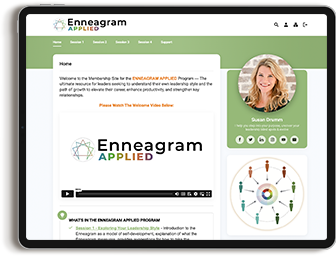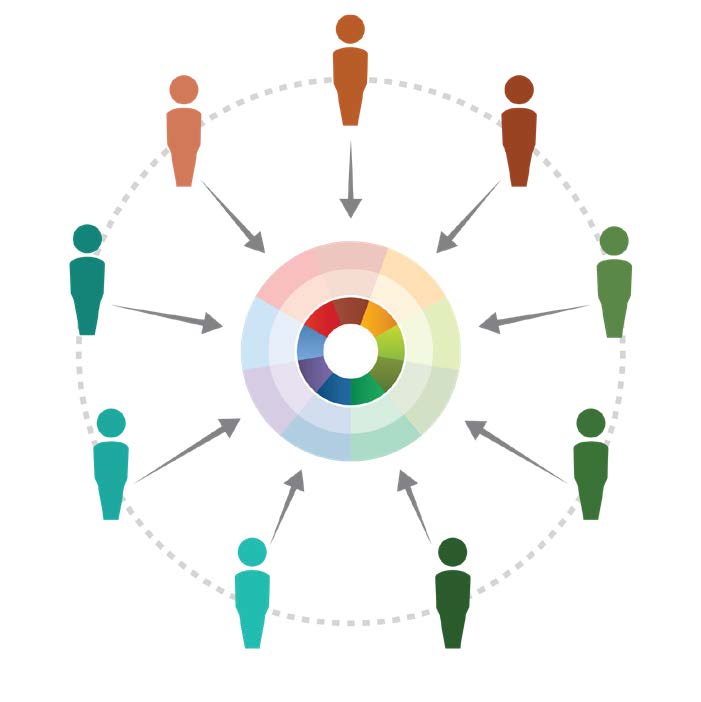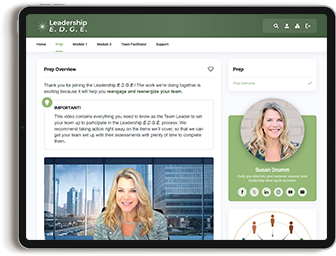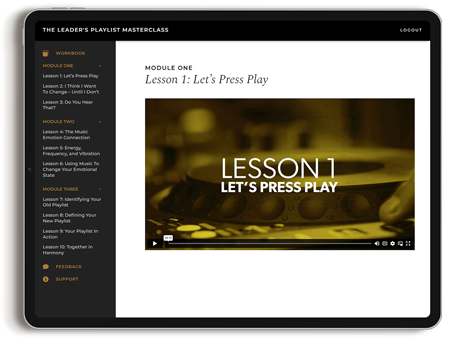AI for Personal and Professional Development (feat. Mike Koenigs)
By now, you can’t get help being bombarded with news of how AI is going to change everything. But what does that really mean for YOU?
The power of AI in augmenting human capabilities and optimizing operations has launched businesses into a new era of efficiency and competitiveness. While many fear the impact of this type of technology, others view it as a catalyst for advancement. Bottom line: like the inception of the internet, AI stands to change the way we do business, creating more opportunities in the business landscape.
Joining me on The Enlightened Executive podcast is Mike Koenigs, speaker, serial entrepreneur with five successful exits, and 17x bestselling author. He’s the secret weapon of founders looking to create and launch a new business after an exit and build a magnetic personal brand that multiplies the value of everything they do.
As an expert in maximizing time, effort, and impact, Mike shares strategic advice for other executives serious about using AI to propel them and their businesses forward.
Adopt An AI-Focused Mindset
From the early days of the internet Mike has capitalized on the evolution of technology. Now with AI, he’s worked to take a perplexing concept into a powerful tool to turn ideas into tangible products. As AI becomes more accessible, its applications are no longer confined to the realm of tech experts, opening up new possibilities for innovative solutions.
Here are three practices that Mike suggests all leaders need to be doing to get into the AI game:
- Take an Online Course or Tutorial – courses tend to be more extensive, covering a wider range of topics, and following a structured curriculum, while tutorials are more focused and provide targeted instruction on specific aspects or skills. If exploring AI feels daunting, platforms like Coursera, Udacity, and edX offer accessible introductory courses on AI. Some popular courses include Andrew Ng’s Machine Learning course on Coursera or AI for Business Leaders on Udacity.
- Learn the AI Language – Executives who use the most effective AI prompts understandably get better results. OpenAI’s official forums and blogs frequently discuss AI models, their capabilities, and tips for interacting with them effectively. Online forums and communities like Reddit – r/MachineLearning or AI Stack Exchange can also provide specific guidelines or examples for crafting high-quality prompts.
- View it As a Development Tool – Communicating with AI challenges you to identify your needs and get very specific with what you want. Improving your ability to create more precise Prompts has carry-over effects. Honing these communication skills translates into other areas of work and life – how can you be more precise about your requests to others in real life as well?
Humanize Business with AI
A standout aspect of Koenigs’ approach to AI is its humanizing effect. Mike’s message is clear: AI is a tool to augment human potential, not replace it.
Rather than focusing on fears of automation replacing human jobs, Koenigs emphasizes AI’s ability to enhance human capabilities. Humans are the most valuable business asset and are most suited for high-value tasks. In fact, when humans are delegated meaningful work, as opposed to tasks that can be replaced by AI, innovation and loyalty increase.
Below are three ways to free up your team’s human capacity using AI:
- Use an AI-powered speech recognition system to transcribe meetings and generate proposals. Google Speech-to-Text, Amazon Transcribe, and Microsoft Azure Speech Services are examples of programs that can transcribe meetings in various languages. OpenAI’s GPT-3 and other summarizer tools consolidate content quickly and effectively. Find the best platform for your needs by searching Google, or even asking ChatGPT!
- Allow AI to handle repetitive functions like data entry and processing, customer support and service, and routine decision-making. Are you curious how any of this is possible? Follow blogs and publications like Towards Data Science or OpenAI’s blog for more specific information. AI-related sections on platforms like Medium are full of articles, case studies, and tutorials to help you implement AI for specific tasks.
- Train AI through repetitive usage and specific prompts to think, talk, and respond like you. This process, called “fine-tuning,” allows you to customize the AI to behave the way you want, like tweaking its settings to match your style. You can watch videos on YouTube or read discussions on websites where people share tips and tricks about customizing AI. Once you train AI, you can find tasks or conversations where you don’t need to be personally involved. Then you can spend your time on important tasks that need a human touch, while letting the AI handle routine tasks.
By eliminating the (let’s be honest) annoying, repetitive, robotic work that many workers hate to do anyway, employees create an increased capacity to collaborate and connect with the work and team on a deeper level. After all, Mike says, “the human brain is really designed to innovate, create, and collaborate and is therefore most fulfilled when doing so.”
Personal and Professional Development Through AI
Innovative executives leverage AI to learn faster, comprehend information more efficiently, and delegate tasks, ultimately building stronger connections with their team. Here are three practical ways to use AI to advance personally and professionally.
- Compound Prompting Techniques – Use AI to create leverage and learn from trusted sources of information as quickly as possible. For example, Mike uses a series of prompts to distill hours of trustworthy video content into summaries and key takeaways. In less than a minute, AI can watch, summarize, and create an entire Standard Operating Procedure (SOP). From there, Mike can quickly decide he wants to learn more or delegate to someone on the team who could most immediately implement the new information.
- Delegation Assistance – Use AI to write standard operating procedures with step-by-step instructions. This can even be used for teaching new AI processes. By streamlining the instructions for others on your team, it becomes more efficient to pass off tasks without consuming so much training time. First, train yourself and then train others to use these tools in this way, and you can become two to five times more effective and profitable.
- Problem Solving – Using trustworthy sources, search for online content that solves your particular business problem. Involve AI by asking it to create strategies, operational plans, and potential next steps. From there, you can use your uniquely human skills to collaborate and iterate from a more advanced place than square one.
For leaders who are feeling overwhelmed and unsure where to start, visit Mikoenigs.com/chatNow and answer a few questions about your current business challenges. This step initiates the process of aligning your business goals with AI solutions. Delve into AI tools like Chat GPT, Claude AI, or Cast Magic to get hands-on experience.
The main message is: don’t get left behind. Tap into your full leadership potential by engaging AI technologies to accelerate your success.
Mike also shares…
- AI’s evolutionary role in entrepreneurship
- Further AI resources and educational materials
- How to amplify your content with AI
If you liked this episode, you may also benefit from hearing:
- Kaihan Krippendorff share how to drive innovation from within
- Christopher Michel on building team trust
- Justin Donald explain how to improve your “time wealth”




